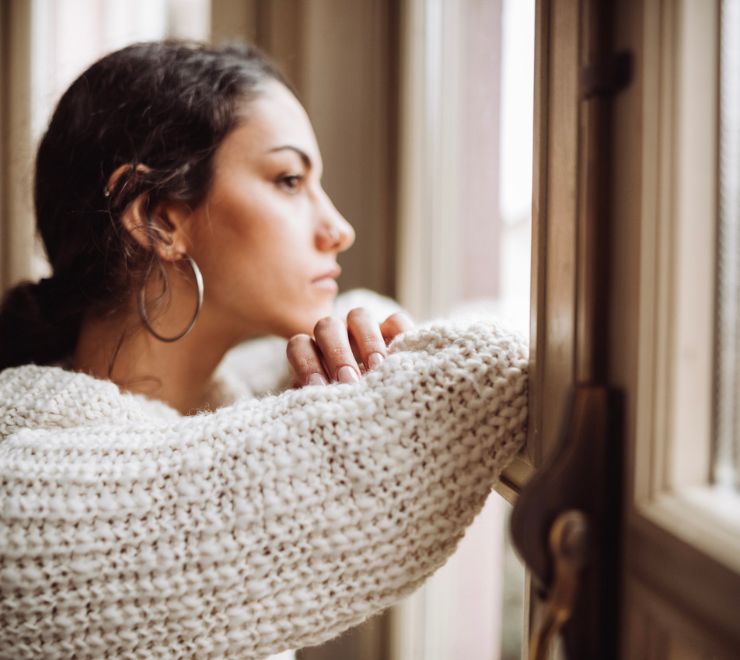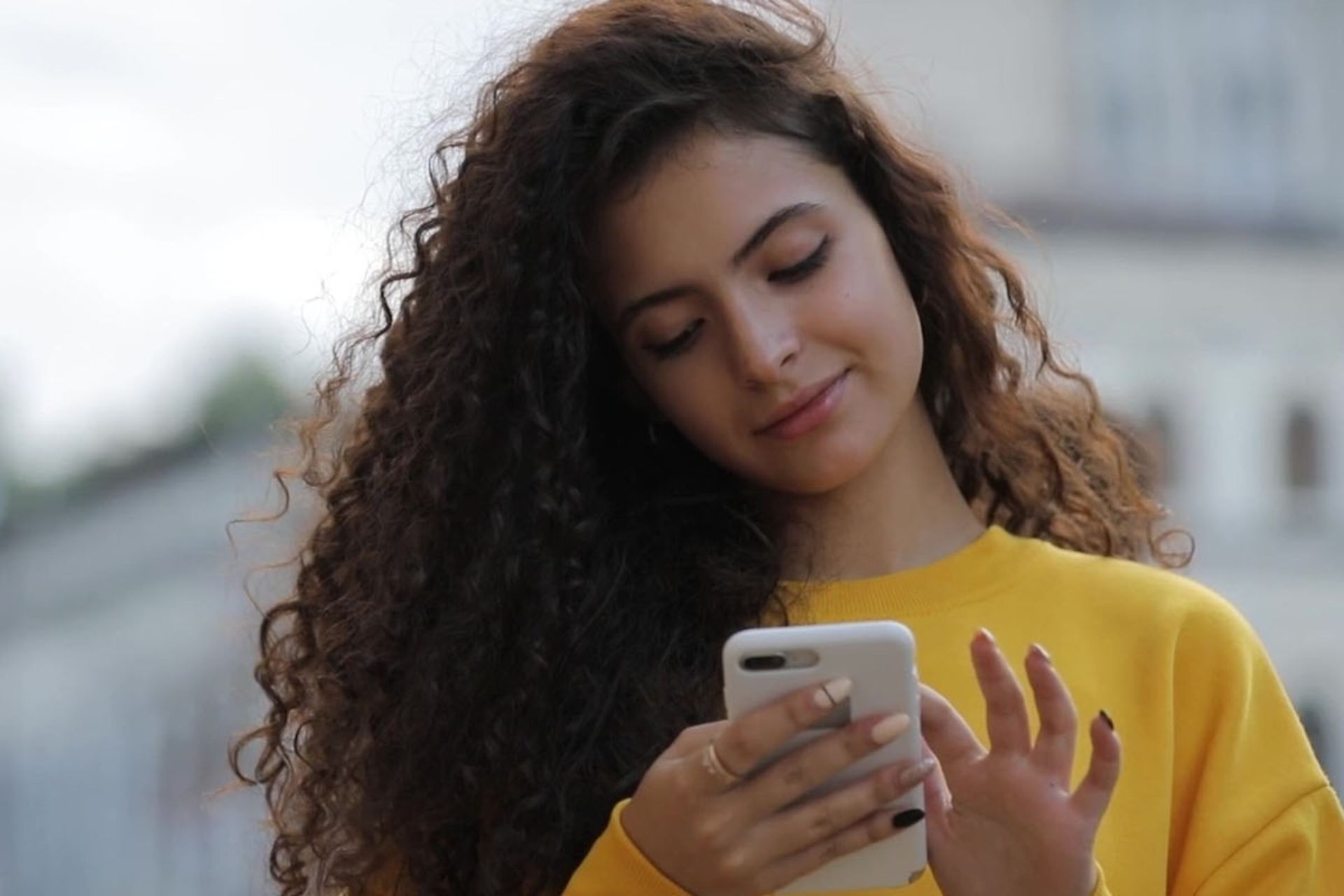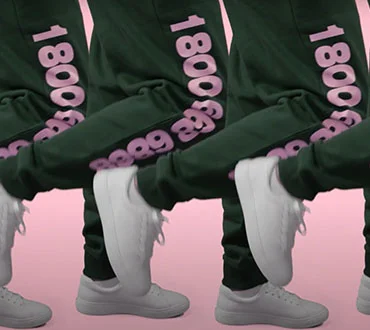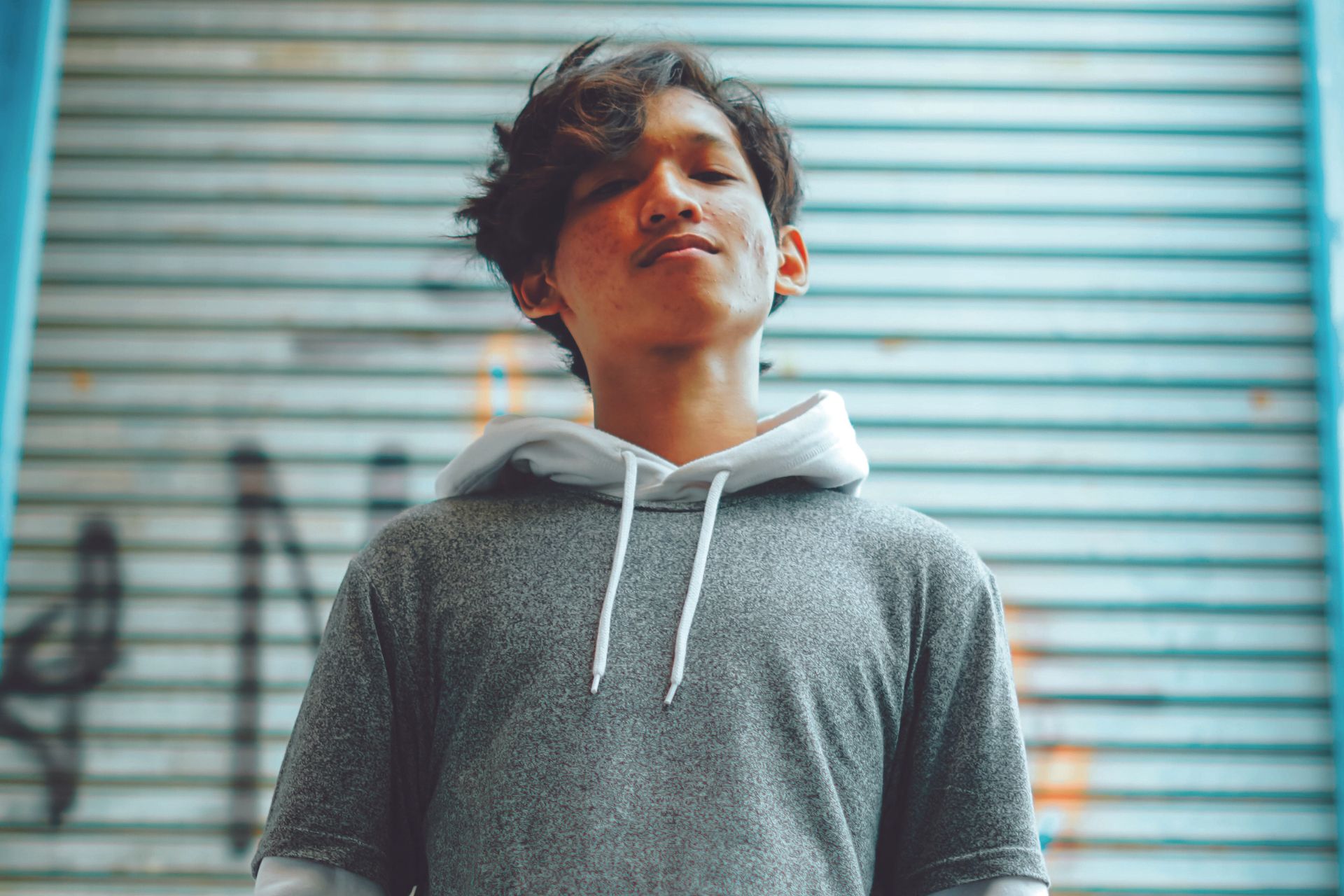Alicia Raimundo is a Kids Help Phone influencer, mental health advocate and video game enthusiast. Here, Alicia shares their journey to hope and the challenges they experienced along the way.
Before you start reading, we want to let you know the following story includes serious subject matter — particularly details about suicidal thoughts and actions — that may be upsetting. We’re here for you if you need us! You can reach out to Kids Help Phone 24/7 by text, phone and Live Chat for support.
PART ONE: THE DARK CLOUD
Living in Vancouver, British Columbia
“I’m originally from Toronto, but I live in Vancouver now. I really like the proximity of having a city next to so much beautiful nature.”
Working in mental health
“I work in mental health. I help create online programming for young people to get the help they need where they need it.”
Describing yourself in one word
“I think my one word would be resilient, but I was thinking I could also say quirky or weird…haha.”
Stress, pressure and feeling like you don’t fit in
“I don’t remember a time where I felt ‘quote unquote’ normal. All of my earliest memories are of me noticing or feeling like I was different and not really knowing why. Trying to figure out how to fit in with other kids caused me a lot of stress when I was young. I also felt a lot of pressure to make good use out of the life that my parents and community were working hard to give me.”
Feeling paralyzed
“I didn’t feel like I had the energy to do very much with that life. There was a lot of stuff that I wanted to be doing. And I just felt, like, paralyzed to do it. I wanted to be good at school. I wanted to be good at sports. I wanted to exercise and be that perfect, smart, fit child. And I just felt paralyzed to even get out of bed.”
The dark cloud
“I come from a culture where you don’t talk about feeling sad or anxious. There was no space for that. I remember having this dark cloud of sadness around me — even for happy events — that I didn’t quite understand. I felt the need to hide it because everyone around me was telling me how lucky I was and how good my life was. And it got really hard and heavy to carry.”
Talking about mental health
“I Googled how I was feeling to try and figure out what this thing was called and how to deal with it. I tried to talk to my dad, who told me to talk to my mom. And when I tried to talk to my mom, she just tried to solve my problem and spit all these answers at me that didn’t fit. I felt like I really wasn’t allowed to talk about mental health.”
PART TWO: THE LAST STRAW
Triggers
“And that’s kind of what triggered thoughts of suicide for me. My brain was just giving up on me and that was terrifying. I felt like the world would be better off without me — that I was a burden to everyone. I felt this way for about a year, and then I wanted to try talking to someone else about it. I felt like my parents didn’t know what was happening, but maybe a teacher or somebody else could help me.”
Reaching out
“When I was in Grade 8, I went to a teacher and asked to talk to her after school. I remember feeling a little bit lighter and more hopeful that day. Even though my parents were easily scared by my problems, I thought a teacher wouldn’t be, because they’ve helped so many other students. I remember walking up behind the teacher as she was saying goodbye to another teacher to come and meet with me. All I heard her say was, ‘I have to go talk to this crazy girl now.’”
The last straw
“When I heard her call me crazy, I felt like I’d been failing. It was the last straw. And I just couldn’t pretend anymore. So I went home and I tried to take my own life. You know, I woke up in the hospital the next day, and I’m so grateful that’s where I ended up, and that I was given a second chance. It was definitely scary to wake up in the hospital, and also frustrating, because you think you’ve solved this problem — that you’re not going to be here anymore — but then you wake up somewhere else.”
PART THREE: THE TURNING POINT
Holding on
“Nothing happening in the hospital was really sinking in until I met this older woman there. She approached me and said, ‘From one crazy person to another, you’ll need this” and put something cold and silver in my hand. As she walked away, I plucked my fingers from my palm and saw that she’d given me a necklace with the word ‘hope’ on it. There was something about that moment — I felt really seen. Her asking me to hold on meant something completely different than the people who weren’t experiencing mental health issues. She saw that I needed a message and gave it to me, even though she wasn’t well. It felt like we were in this situation together.”
Acting on hope
“And so the thing that kind of started my journey of recovery was the idea of hope and what I wanted to live for and what I wanted to do. I picked one of the things that was guiding me for a while — watching my baby sister graduate from high school — and a whole host of other things. It was really nice to have these things to hope for, especially when I was so exhausted from hiding, and then subsequently so exhausted from trying to find mental health services.”
Getting support
“Once I’d been released from hospital, it was about seven years until my name came up on a mental health service waitlist that I actually qualified for. Part of that is being an immigrant Canadian and not necessarily knowing how to access the health-care system here. Part of it was there were no mental health resources in my community. So it’s really nice to have something like Kids Help Phone for youth who don’t feel comfortable or supported to access resources, or for people with limited services in their area.”
If you’re struggling with an issue — big or small — you can reach out to Kids Help Phone 24/7 by text, phone and Live Chat. We’re always here for you, from coast to coast to coast.
Kids Help Phone would like to thank Alicia Raimundo for sharing their story of hope with young people across Canada!












